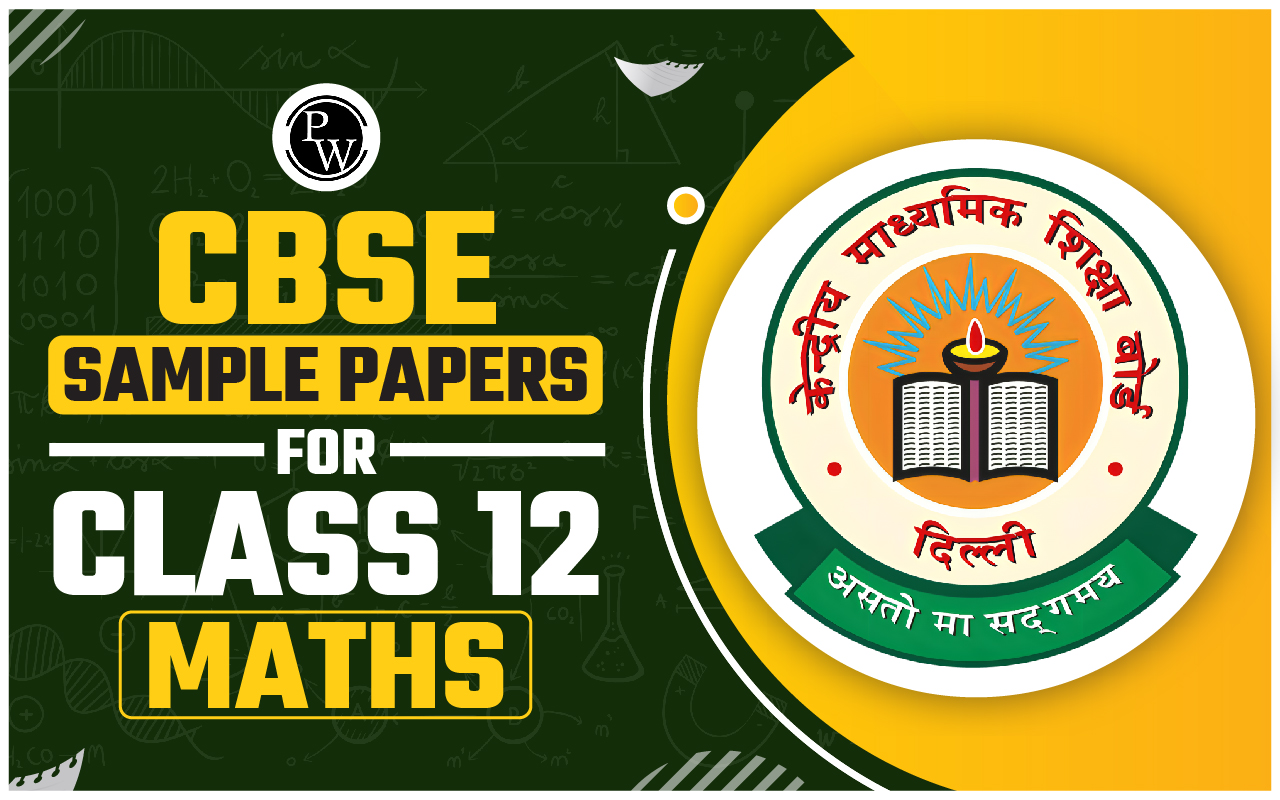
Solution of Linear equation formula are fundamental in mathematics and find extensive applications in various fields, including physics, engineering, economics, and computer science. A system of linear equations consists of multiple linear equations with multiple variables. Solving such systems is crucial for understanding the relationships between variables and making informed decisions. In this comprehensive article, we will explore different methods and formulas for solving systems of linear equations, examine their applications, and discuss the significance of this topic in real-world problem-solving.
Understanding Solution of Linear Equation
A system of linear equations is a collection of equations, each of which represents a linear relationship between variables. These equations can be written in the form:
ax₁ + bx₂ + ... + cxₙ = d
Here, x₁, x₂, ..., xₙ are the variables, a, b, ..., c are the coefficients, and d is the constant on the right-hand side. A system of linear equations typically consists of multiple equations with the same set of variables.
For example, consider the following system of linear equations:
2x + 3y = 8 4x - 5y = -7
In this system, x and y are the variables, 2, 3, 4, -5 are the coefficients, and 8 and -7 are the constants.
Also Check - Linear Equation Formula
Methods for Solving Linear Equations Formula
There are several methods for solving systems of linear equations, each with its strengths and applications. Let's explore some of the most common methods and formulas.
1. Substitution Method
The substitution method involves solving one of the equations for one variable and substituting this expression into the other equations. This method is particularly useful when one equation can be easily solved for one variable.
Step 1: Solve one of the equations for one variable in terms of the other variable(s). For example, in the system:
2x + 3y = 8 4x - 5y = -7
We can solve the first equation for x:
2x = 8 - 3y x = 4 - (3/2)y
Step 2: Substitute the expression found in step 1 into the other equation. In this case, we substitute x = 4 - (3/2)y into the second equation:
4(4 - (3/2)y) - 5y = -7
Now, we have a single equation with one variable (y), which we can solve. Once we find the value of y, we can substitute it back into one of the original equations to find the value of x.
Also Check - Hexane Formula
2. Elimination Method (Addition/Subtraction)
The elimination method involves adding or subtracting equations to eliminate one of the variables. This method is particularly useful when the coefficients of one variable in one or more equations are multiples of each other.
Step 1: Multiply one or both equations by appropriate constants such that the coefficients of one variable in one equation become additive inverses (one positive, one negative). For example, in the system:
2x + 3y = 8 4x - 5y = -7
We can multiply the first equation by 5 and the second equation by 3 to make the coefficients of y additive inverses:
10x + 15y = 40 12x - 15y = -21
Step 2: Add or subtract the equations obtained in step 1 to eliminate one variable. In this case, we subtract the second equation from the first:
(10x + 15y) - (12x - 15y) = 40 - (-21)
Simplifying:
-2x + 30y = 61
Now, we have a single equation with one variable (x), which we can solve. Once we find the value of x, we can substitute it back into one of the original equations to find the value of y.
3. Matrix Method (Cramer's Rule)
Matrix methods provide a systematic way to solve systems of linear equations using determinants. Cramer's Rule is a specific formula used to find the solutions to a system of linear equations by calculating determinants.
Consider a system of linear equations in matrix form:
Ax = b
Here, A is the coefficient matrix, x is the vector of variables, and b is the vector of constants.
Cramer's Rule provides a formula for finding the solution vector x as follows:
xᵢ = det(Aᵢ) / det(A)
Where:
- xᵢ is the i-th component of the solution vector x.
- det(Aᵢ) is the determinant of the matrix obtained by replacing the i-th column of A with the vector b.
- det(A) is the determinant of the coefficient matrix A.
Cramer's Rule is especially useful when dealing with systems of equations with a small number of variables (typically 2 or 3). It provides an explicit formula for each variable in terms of determinants, making it straightforward to calculate the solutions.
Also Check - Fumaric Acid Formula
4. Gaussian Elimination
Gaussian elimination is a systematic method for transforming a system of linear equations into row-echelon form and then into reduced row-echelon form, also known as row-reduced form or Gauss-Jordan elimination. This method is particularly useful when solving larger systems of equations or when you need to find all solutions to the system.
The steps of Gaussian elimination are as follows:
Step 1: Write the augmented matrix of the system, which combines the coefficient matrix A and the vector of constants b into a single matrix [A | b].
Step 2: Perform row operations to transform the augmented matrix into row-echelon form. These operations include swapping rows, multiplying a row by a nonzero scalar, and adding or subtracting one row from another.
Step 3: Continue row operations to further reduce the matrix to reduced row-echelon form. In this form, each leading entry (the leftmost nonzero entry) in a row is 1, and all other entries in the column containing the leading entry are 0.
Step 4: Once the matrix is in reduced row-echelon form, back-substitute to find the values of the variables.
Gaussian elimination is a powerful method for solving systems of linear equations, and it can handle systems of any size. It is commonly used in numerical methods and computer algorithms for solving linear systems.
5. Matrix Inversion Method
The matrix inversion method involves finding the inverse of the coefficient matrix A and using it to solve the system of equations. The formula for solving the system Ax = b using matrix inversion is:
x = A⁻¹b
Where:
- x is the solution vector.
- A⁻¹ is the inverse of the coefficient matrix A.
- b is the vector of constants.
To use this method, you need to ensure that the coefficient matrix A is square (i.e., it has the same number of rows and columns) and that it is invertible (i.e., its determinant is nonzero).
Matrix inversion is a powerful technique but may not be efficient for large systems due to the computational cost of finding the inverse of a matrix. Additionally, it requires that the inverse exists, which may not always be the case.
Applications of Linear Equation Solving Methods
Solving systems of linear equations has numerous applications in various fields. Here are some real-world scenarios where
Applications of Linear Equation Solving Methods Solving systems of linear equations has numerous applications in various fields. Here are some real-world scenarios where
- Engineering and Physics
In engineering and physics, linear equations are used to model physical systems and analyze their behavior. For example, in electrical engineering, linear equations are employed to analyze circuits and determine voltages and currents at various points. In structural engineering, linear equations help in calculating forces, stresses, and deformations in buildings and bridges. Linear equations are also used in physics to model the behavior of physical systems, such as the motion of objects under the influence of forces.
2. Economics and Finance
Linear equations are widely used in economics and finance to model economic relationships and make predictions. For instance, economists use linear regression models to analyze the impact of variables like income, interest rates, and inflation on consumer spending, investment, and savings. In finance, linear equations help in pricing financial derivatives, managing portfolios, and assessing risk.
3. Computer Graphics
Computer graphics and computer-aided design (CAD) heavily rely on linear equations to create realistic images and designs. Linear transformations, such as translation, scaling, and rotation, are essential for rendering 2D and 3D graphics. Solving systems of linear equations is crucial for determining the positions, orientations, and transformations of objects in a virtual environment.
4. Machine Learning
Machine learning algorithms often involve solving systems of linear equations, particularly in linear regression and linear classification tasks. Linear regression models aim to find the best-fitting linear relationship between input features and target variables, while linear classifiers classify data into different categories based on linear decision boundaries. Solving these equations helps in training machine learning models and making predictions.
5. Optimization Problems
Linear programming is a mathematical technique that deals with optimizing a linear objective function subject to linear constraints. It has diverse applications in logistics, transportation, production planning, and resource allocation. Solving linear programming problems involves finding solutions to systems of linear equations that satisfy certain constraints while optimizing a specific objective.
6. Chemical Engineering
Chemical engineers use linear equations to model and optimize chemical processes. For instance, the design of chemical reactors, the calculation of reaction rates, and the determination of optimal operating conditions often involve solving systems of linear equations. Linear equations help engineers ensure that chemical processes are efficient and cost-effective.
7. Environmental Science
Environmental scientists use linear equations to analyze and model environmental systems. For example, linear equations can describe the flow of pollutants in water bodies, the diffusion of gases in the atmosphere, and the spread of contaminants in soil. Solving these equations aids in understanding and mitigating environmental issues.
8. Network Analysis
In computer networks, linear equations are used to analyze data transmission and routing. Network engineers rely on linear equations to optimize data flow, allocate resources, and troubleshoot network problems. Linear equations help ensure that data is transmitted efficiently and reliably across complex network infrastructures.
9. Robotics and Control Systems
Linear equations play a vital role in robotics and control systems. Robot kinematics, which involve the study of robot motion and position, are often described using linear equations. Control systems, used in automation and robotics, rely on linear equations to regulate processes and ensure stability and accuracy.
10. Geophysics
In geophysics, linear equations are used to interpret seismic data and model subsurface structures. Geophysicists apply mathematical techniques to solve systems of linear equations to create images of the Earth's interior, locate natural resources, and assess geological hazards.
Conclusion
Solving systems of linear equations is a fundamental mathematical skill with a wide range of applications in science, engineering, economics, and technology. The methods and formulas discussed in this article provide essential tools for understanding and solving complex real-world problems. Whether you are designing a new engineering system, making financial predictions, creating computer graphics, or studying environmental phenomena, linear equations are a valuable mathematical tool that helps you model, analyze, and optimize systems and processes.
Solution of Linear Equation FAQs
What is a Unique Solution?
Can a System of Linear Equations Have No Solution?
What is the Rank of a Matrix in the Context of Linear Equations?
Can a System of Linear Equations Have More Equations Than Variables?










